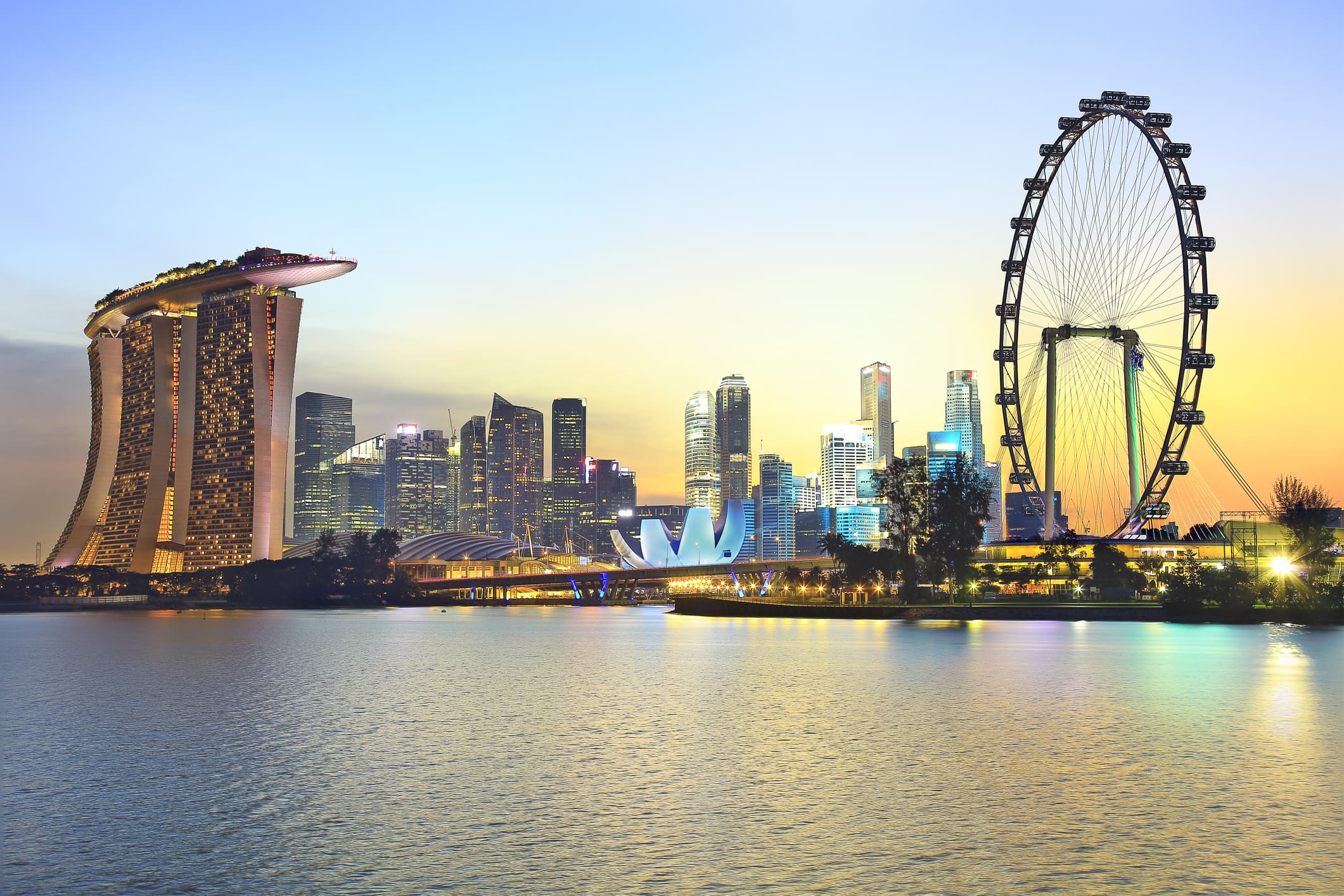Stock markets in Asia bounced from recent losses across the region on Friday, with Hong Kong’s bourse leading the gains as Chinese technology plays rose.
In Japan, the Nikkei 225 was up 1.27% at 26,739.03, as the yen weakened 0.3% against the dollar to last trade at JPY 128.17.
Among the benchmark’s major components, automation specialist Fanuc was up 2.7%, fashion firm Fast Retailing rose 2.53%, and technology conglomerate SoftBank Group was up 3.5%.
The broader Topix index was ahead 0.93% by the end of trading in Tokyo, closing at 1,877.37.
Fresh data out of Tokyo showed the country’s national consumer price index rising 2.5% year-on-year in April, in line with expectations and accelerating from 1.2% in March.
Excluding fresh food, prices were up 2.1% on the year, and taking out both fresh food and energy, the rate of inflation was 0.8%.
“One might expect today to be a day of celebration at the Bank of Japan, but the cause of the target breaking inflation was almost entirely base effects, rather than the wage-driven demand pressures the BoJ wants to see,” said Craig Botham at Pantheon Macroeconomics.
“The contribution of communications inflation to the headline number rose to -0.4 percentage points, from -1.4 points in March, as heavy price cuts dropped out of the year-on-year comparison.
“This drove even larger increases in the core and core core measures of inflation, where the weight of communications is larger.”
Botham said the rest of the increase was driven by higher food prices, with food inflation running at 3.9%, from 3.4% in March.
Energy inflation slowed slightly in April, to 19.1% year-on-year, from 20.8% in March, while core inflation excluding transitory factors saw a smaller rise to 1.5% from 1.3%, driven by food excluding fresh food inflation.
“In short, this doesn’t tick any boxes for the BoJ, who will regard this above-target inflation as unsustainable, and self-correcting.
“There are few signs of demand pressures building in the inflation data – higher inflation in durable goods, a flicker of hope, largely reflects the passthrough of higher PPI inflation, itself the product of higher global costs.
“Inflation is likely to fall from here, and will be back below 2% by the third quarter. We do not expect any change in policy from the BoJ,” Botham said.
On the mainland, the Shanghai Composite was 1.6% firmer at 3,146.57, and the smaller, technology-heavy Shenzhen Composite added 1.59% to 1,983.67.
The People’s Bank of China stood pat on the benchmark one-year loan prime rate at 3.7% in its latest decision, but trimmed the five-year rate by 15 basis points to 4.45%.
It was the second time policymakers in Beijing had cut rates this year, as the country continued to deal with its worst outbreak of Covid-19 since the coronavirus emerged in early 2020.
South Korea’s Kospi was 1.81% firmer at 2,639.29, while the Hang Seng Index in Hong Kong jumped 2.96% to 20,717.24.
The Hang Seng Tech Index was 4.74% higher by the end of the day, with Alibaba Group up 5.64%, Meituan adding 4.53%, NetEase ahead 5.12%, and Tencent Holdings 3.53% higher.
Seoul’s blue-chip technology stocks were in the green as well, with Samsung Electronics up 0.74% and SK Hynix rising 1.35%.
Oil prices were on the back foot as the region entered the weekend, with Brent crude futures last down 0.01% on ICE at $112.03, and the NYMEX quote for West Texas Intermediate off 0.33% at $111.84.
In Australia, the S&P/ASX 200 was up 1.15% at 7,145.60, on the eve of the country’s federal election.
The latest polling from Newspoll-YouGov showed the country’s two main parties were neck-and-neck, with the incumbent Liberal-National coalition taking 35% of the voting intention and the Australian Labor Party on 36%.
Canberra’s current government has faced extensive criticism over its current three-year term, after prime minister Scott Morrison went on holiday to Hawaii during one of Australia’s worst bushfire seasons on record over the 2019-2020 summer.
It was also heavily criticised for its response to the Covid-19 pandemic, being charged by commentators with a lack of decision-making and deferring to state and territory governments.
Across the Tasman Sea, New Zealand’s S&P/NZX 50 was 0.54% firmer at 11,267.39, led higher by retirement property developer Ryman Healthcare, which rose 7.6% after reporting a 13.6% improvement in underlying annual profit.
The down under dollars were both stronger on the greenback, with the Aussie last ahead 0.23% at AUD 1.4157, and the Kiwi advancing 0.38% to NZD 1.5607.
Reporting by Josh White at Sharecast.com.





